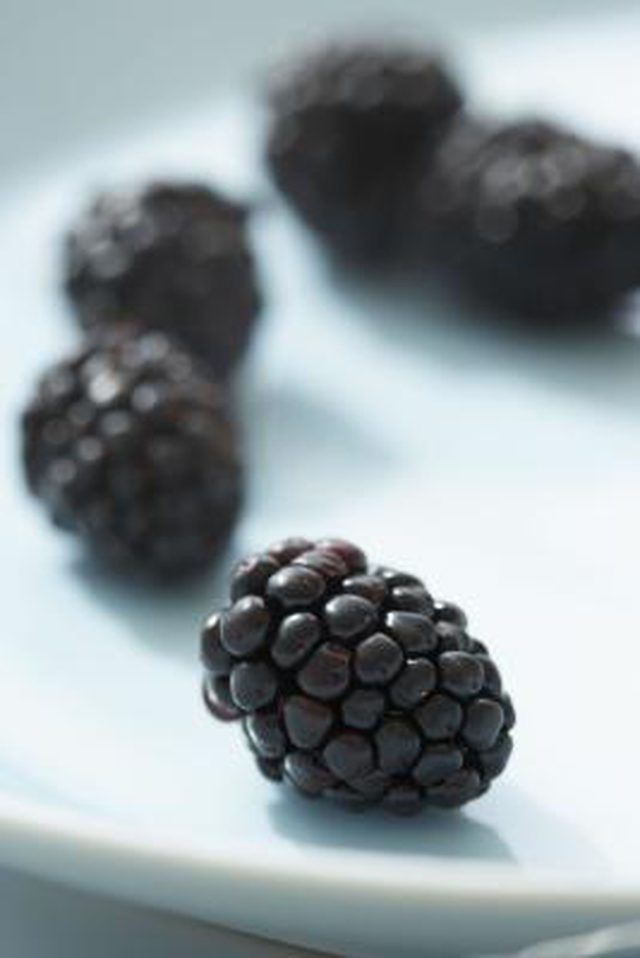Bulbs
Flower Basics
Flower Beds & Specialty Gardens
Flower Garden
Garden Furniture
Garden Gnomes
Garden Seeds
Garden Sheds
Garden Statues
Garden Tools & Supplies
Gardening Basics
Green & Organic
Groundcovers & Vines
Growing Annuals
Growing Basil
Growing Beans
Growing Berries
Growing Blueberries
Growing Cactus
Growing Corn
Growing Cotton
Growing Edibles
Growing Flowers
Growing Garlic
Growing Grapes
Growing Grass
Growing Herbs
Growing Jasmine
Growing Mint
Growing Mushrooms
Orchids
Growing Peanuts
Growing Perennials
Growing Plants
Growing Rosemary
Growing Roses
Growing Strawberries
Growing Sunflowers
Growing Thyme
Growing Tomatoes
Growing Tulips
Growing Vegetables
Herb Basics
Herb Garden
Indoor Growing
Landscaping Basics
Landscaping Patios
Landscaping Plants
Landscaping Shrubs
Landscaping Trees
Landscaping Walks & Pathways
Lawn Basics
Lawn Maintenance
Lawn Mowers
Lawn Ornaments
Lawn Planting
Lawn Tools
Outdoor Growing
Overall Landscape Planning
Pests, Weeds & Problems
Plant Basics
Rock Garden
Rose Garden
Shrubs
Soil
Specialty Gardens
Trees
Vegetable Garden
Yard Maintenance
How to Prune a Marionberry
How to Prune a Marionberry. Marionberries are a type of blackberry from Oregon. Marionberries fruit on primocanes, which grow for two years. The primocanes start growing during the warm season of the first year, survive fall and winter and then grow and produce berries during spring and summer of the next year. After producing berries, the canes...

Marionberries are a type of blackberry from Oregon. Marionberries fruit on primocanes, which grow for two years. The primocanes start growing during the warm season of the first year, survive fall and winter and then grow and produce berries during spring and summer of the next year. After producing berries, the canes die, and new primocanes grow to produce berries during the following year. Be careful to prune old primocanes and not new ones, or a marionberry plant will miss out on a year of fruit production.
Things You'll Need
Pruning shears
Prune off dead and damaged roots when planting a new marionberry. Before placing a new plant in the planting hole, shake excess soil off of the roots and look for damage. Cut off any broken pieces or dark and rotten sections, leaving only healthy off-white roots behind.
Untangle or sort out marionberry canes after the plant produces fruit for the year. Identify the dying old canes that already fruited that year and new canes that will fruit next year. Identify old canes by looking for shriveling and dried up flowers where berries were picked from, because old canes start to shrivel and die after they fruit. Newer canes will have perkier leaves and will not have any old flowers.
Prune old canes that already fruited down to the ground in late summer or early fall. Marionberries often fruit in June or July. Some fruit in August, depending on the area and the weather that year. Cut old canes to the soil line after harvesting the berries, usually sometime in July. Canes that have already fruited will not fruit again, and they will die off anyway. Pruning helps the plant focus its energy on growing healthy new canes.
Prune off unwanted root suckers as they grow, leaving the largest and healthiest primocanes alone to produce fruit next year. Root suckers are new marionberry plants that begin to grow from the roots or base of existing marionberry plants. Look for very small shoots growing off of marionberry roots. Pruning root suckers keeps vines from spreading out of confined areas and it also helps the vines focus their energy on growing another crop of fruit rather than new plants.
Tips & Warnings
Make sure to only prune canes that have already fruited, because cutting off new primocanes will prevent the plant from producing fruit next summer.